

The Rough Notes Company |
 |
 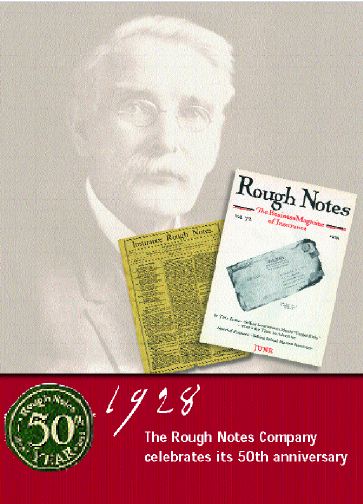 |
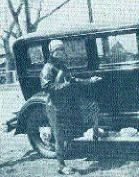 1920-1930
It was the Jazz age! Louis Armstrong hit the airwaves, Al Capone was America's news and Charles Lindbergh completed a solo flight across the Atlantic and became a hero to millions. America's "can-do" spirit of success and excitement was felt throughout the nation. By the late 1920s Americans were driving Model Ts across the highways, but they were also taking to the skies. It was the age of Lucky Lindy and the first transatlantic flight. Amelia Earhart and other daring pilots were in the sky setting records between New York and Germany. However, America's confidence took a hit on October 29, 1929, when the stock market crashed, ushering in the Great Depression.
|
|
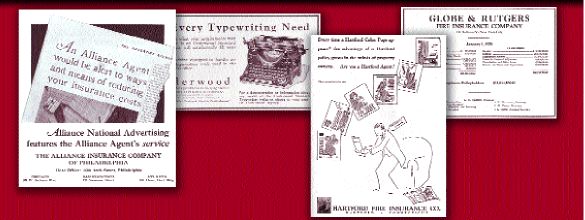 |
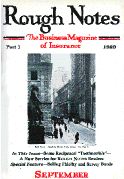 October 29, 1929--investors dumped 16 million shares on the New York Stock Exchange at declining prices. This day, which became known as Black Tuesday, ushered in the Great Depression. Within three years, The American economy had hit rock bottom. By 1932, unemployment peaked at 13 million. Wages declined 60%. Businesses reported losses of $6 billion. Banks shut their doors. Families were living on the streets, and mile-long soup lines were not unusual. By 1934, the Depression had begun to wane and the American economy was back on track. |
Getting agents and companies to advertise was not an easy task for RN. The company knew the value of advertising and would constantly remind the industry about getting the word out to the public. In addition, Rough Notes magazine devoted full pages to advice on how agencies could sell their lines with the RN posters or how to get into a prospect's front door with a simple business card. A.D. Lang, vice president of advertising, wrote in a 1928 issue of Rough Notes magazine: "Entering the door marked 'Private'--getting an interview promptly--converting an indifferent, annoyed stranger into an interested, friendly prospect--that's what consistent advertising can do for you ... Applying that term to insurance agency advertising would mean that your agency name on a card would be all the introduction needed to any business firms in your town." Lang would often use the magazine's pages to implore agents to be more aggressive in their advertising to the public.
|
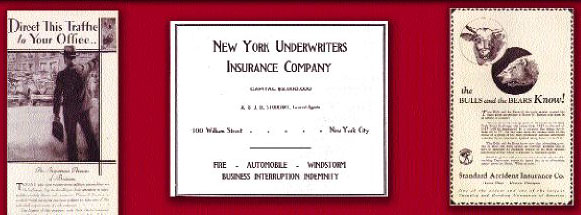 |
|
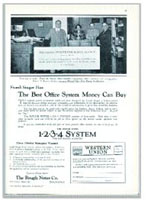 Making the agent's work a little less complicated has always been a premier goal for RN. By the mid-'20s, the company had put into place the 1-2-3-4 System, a complete office system for agencies designed to eliminate duplicate work. The first of its kind in the industry, this system was a natural for RN to create because, by dint of its constant, direct contact with agents, the company had learned what sort of practical material agents needed to remain successful. Making the agent's work a little less complicated has always been a premier goal for RN. By the mid-'20s, the company had put into place the 1-2-3-4 System, a complete office system for agencies designed to eliminate duplicate work. The first of its kind in the industry, this system was a natural for RN to create because, by dint of its constant, direct contact with agents, the company had learned what sort of practical material agents needed to remain successful.
Concurrently, RN was extremely busy with its publishing side. Its greatest triumph was Coverages Applicable which became the industry standard and which remains in print today. By 1928, Rough Notes magazine had launched "Policy Forms Analysis." Agents could detach these articles and file them in the appropriate risk section of loose leaf binders provided by RN. These analyses of bureau forms could be kept current, thus serving as a premier guide for evaluating many risks. Testimony to that fact is that they still exist--as PF&M (Policy Form and Manual Analysis)--which RN sells in binders, on CDs and via the Internet. |
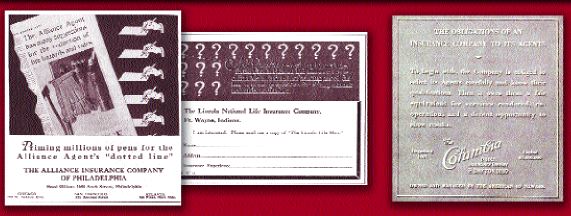 |